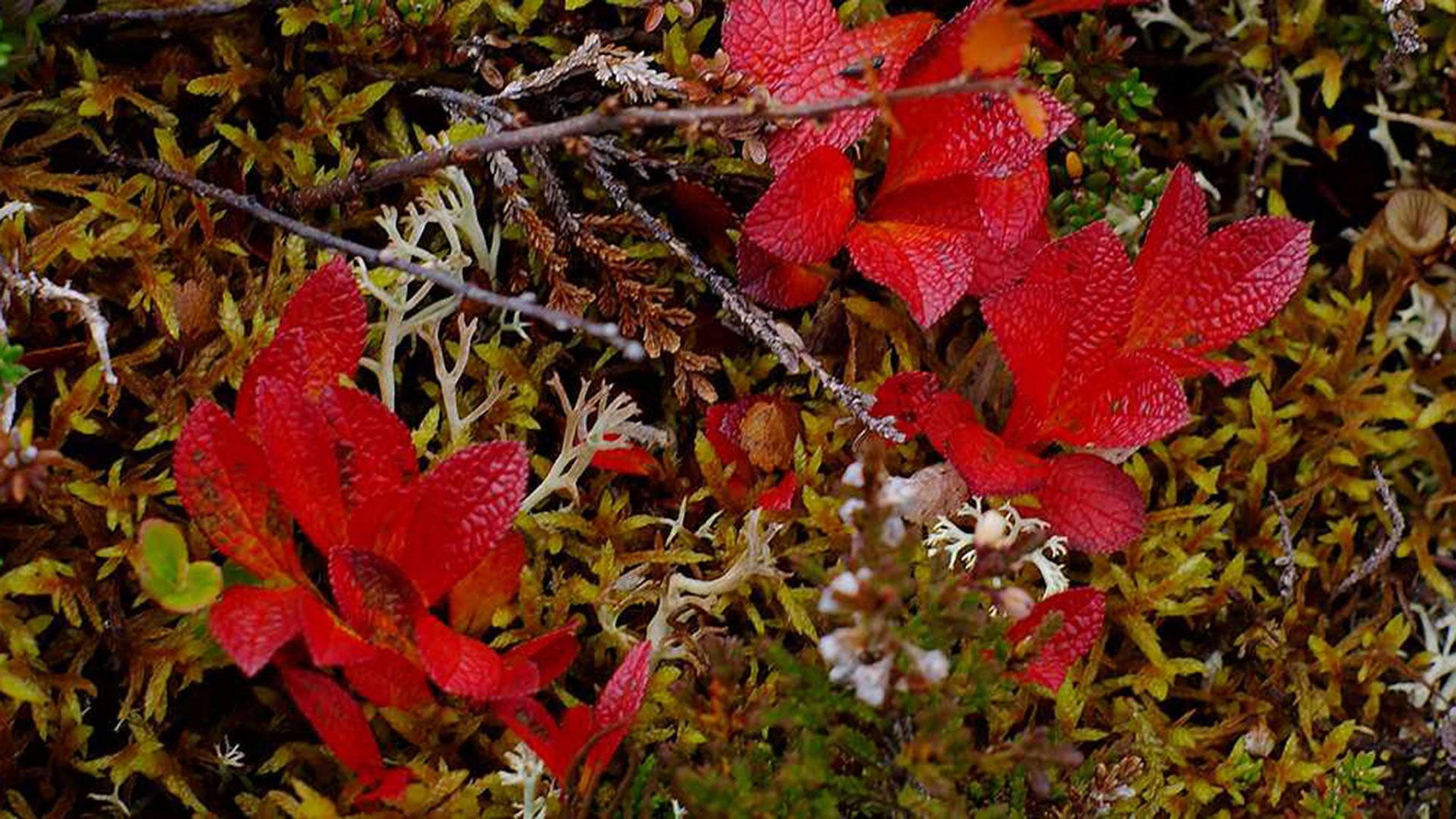Autumn in the mountains

Cooler and shorter days, colorful mountain heaths, babbling brooks and streams, the first snow dusts the highest peaks white. The mountain environment during autumn offers fantastic experiences. To help make your experience as good as possible, we have gathered some valuable tips and advice for you to consider before you set off.
The Right of Public Access (Allemansrätten) applies in the mountains and you are welcome to visit them for wonderful experiences. At the same time, the use of the Right of Public Access in the mountains must not be such that it causes significant damage or considerable inconvenience for the Sami villages’ reindeer herding.
The Right of Public Access in the mountains (naturvardsverket.se)
Tips for a safe visit to the mountians during autumn
Choose the right equipment
Clothes and shoes should withstand wind and wet conditions. The clothes should be worn in several layers to easily adapt to weather and temperature. Good equipment does not need to be expensive, and a wisely packed backpack should not be too heavy. On the Mountain Safety Council’s website, there are checklists of suitable equipment for various activities in different types of mountain environments.
Notify your route and estimated return
It is important that someone knows your planned route and when you expect to come back. Notify a friend, a relative, or someone else who can raise the alarm if you do not return as planned.
Adapt your mountain tour to the weather
The weather can change rapidly in the mountains. Take part in local and current weather forecasts via the radio or the web. Weather services are also offered as applications for mobile phones. Always respect issued mountain weather warnings.
Follow marked trails
There are hundreds of miles of marked trails in the mountains, including distance markings, overnight cabins, and emergency telephones. Most people would be wise to follow the trails, and it is a safer alternative if you need help for any reason.
Bring a map and compass
Make sure to have an up-to-date map. A compass is especially needed outside the marked trails. However, using a compass requires knowledge – instructions are available on the Mountain Safety Council’s website. Complement with GPS or mobile applications which offer the ability to navigate, but remember that batteries drain quickly when it’s cold.
Consult experienced people
People who often visit the mountains can provide important information. Get in touch and ask questions about route choices, water levels, bridges, and other things that facilitate your planning. There are local mountain safety committees with extensive knowledge of the mountains in their areas.